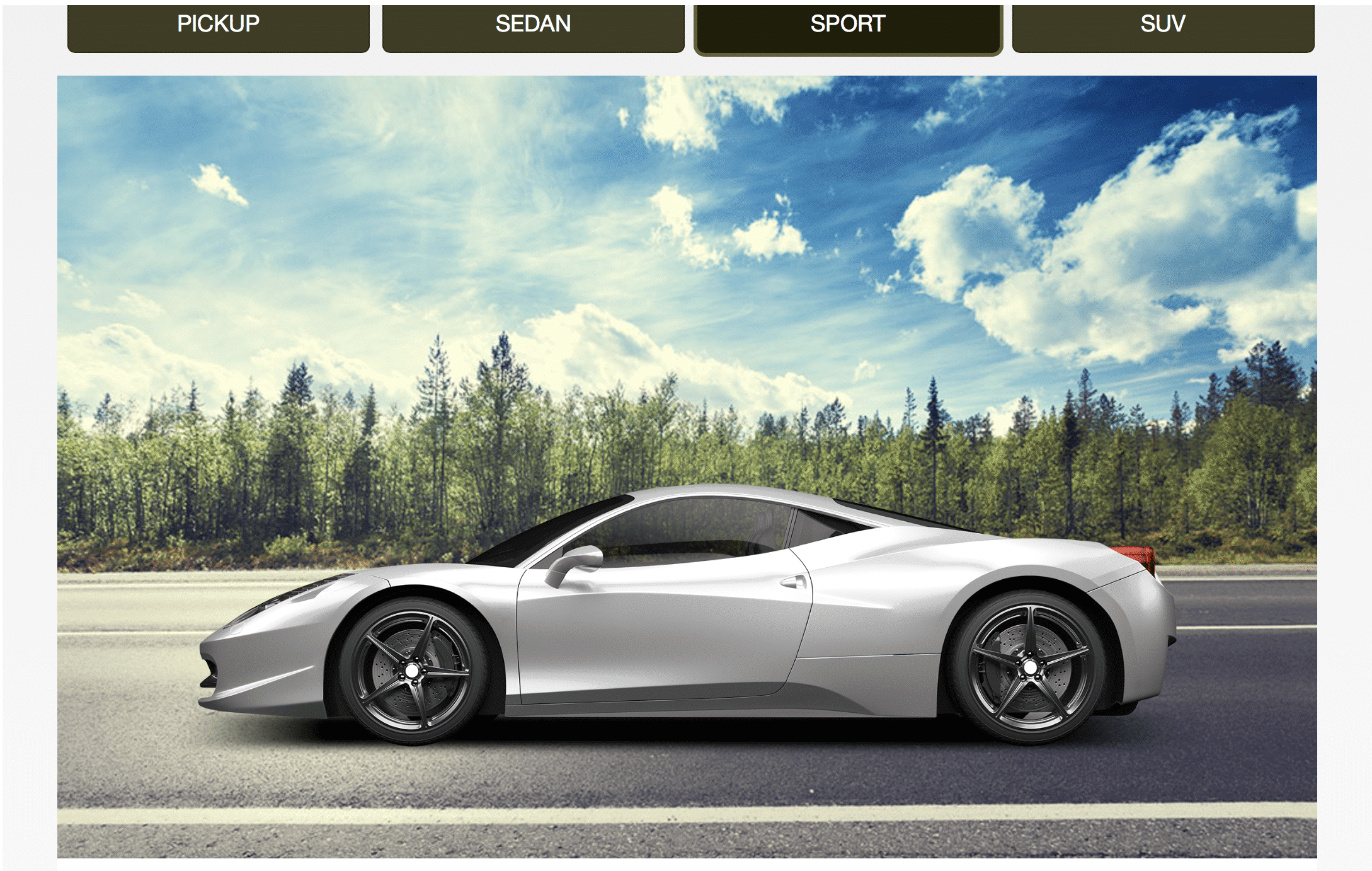Trying Before Buying: Check Out Window Films with a Film Simulator
Everyone likes the idea of being able to have their questions answered and their concerns addressed before they make a purchase – especially if it’s a big one.
A big purchase doesn’t always have to equate to a big price tag, either. Sometimes the importance of a buying decision involves how much it will affect a person’s life. There’s always a desire to try out something beforehand and see how it will work before actually committing.
For example, many people use software programs to see how a hairstyle will look. The same can be said of home design choices. Even window films now have simulators to help prospective buyers see how the change will look before they actually have it applied.
What is a Window Film Simulator?
Window films are a versatile accessory in terms of the perks they provide. They reduce visible light transmission and control solar rays’ entry through the glass.
But beyond this, they can also provide an added degree of privacy and stylistic appeal. But how much is enough? Some drivers like the idea of modifying their windows with a darker hue, but they may see diminishing returns after a point.
This makes film simulators a valuable tool. Using these programs, a prospective buyer can see how each variant of window films looks on their vehicle. It’s possible to try all versions on specific vehicle types, letting owners see (roughly) what their purchase would look like on their car.
The Benefits of Seeing a Product First
It’s always easier to make a better buying decision after seeing a product. But more than just seeing the films themselves, a driver needs to see how they’ll look on the vehicle.
It’s never fun getting a set of films installed only to find out they offer too much light transmission or don’t have a dark enough hue. This means a driver either has to tolerate the film they have or go through the process of having it removed and replaced.
Seeing a film applied to a car beforehand makes it easier for drivers to make an informed choice. Even if two films only have a difference of 5 percent when it comes to their light transmission rates, it can have a big impact on the way the film looks.
Choosing Custom Films for Each Window
While there’s no rule that says all films on a vehicle have to offer the same amount of light rejection and the same level of hue, most drivers like uniformity.
But this still leaves room for variety. Four-door models can get one set of films for their back windows, and another set for the front. This has its stylistic qualities and can also offer more heat rejection for areas of the car usually frequented by those with sensitive skin, or who are more susceptible to heat exhaustion.
No matter what type of films a person wants, seeing them in a simulator before seeing them on a car provides a lot of perspective.


